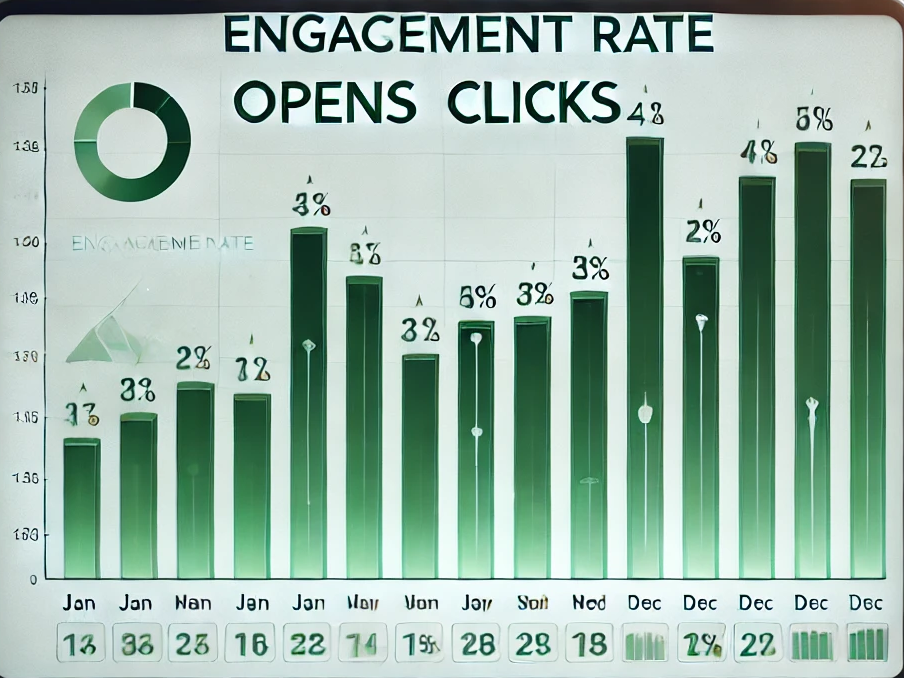B2B Content Syndication Services
Supercharge your content marketing strategy. Publish white papers, case studies, and webinars to target the right audience at the right time. Syndicate content assets smartly across our network with B2B content marketing to maximize reach and engagement. By distributing your high-value content through trusted third-party platforms, you can amplify visibility, attract qualified leads, and establish authority in your industry. Content syndication ensures your whitepapers, research reports, and thought leadership articles don’t go unnoticed—instead, they reach decision-makers actively searching for insights. Leverage our extensive B2B network to place your content in front of niche audiences, driving traffic back to your site while boosting brand credibility. With strategic syndication, you can repurpose existing assets for multiple channels, extending their lifespan and improving ROI.




Target Key Accounts
with custom Content
Engage your target accounts with highly relevant and personalized content assets tailored to their specific needs, pain points, and preferences. Deliver value-driven insights that capture their interest, nurture their engagement, and position your brand as a trusted solution provider. Strengthen relationships with high-quality leads by maintaining consistent communication, offering timely and relevant resources, and addressing their unique challenges. By fostering meaningful interactions and keeping prospects engaged throughout the buyer’s journey, you can accelerate conversions, enhance customer loyalty, and ultimately drive significant sales revenue growth.
Expansive Database to
Amplify Reach
Expand your reach and maximize your impact by syndicating your content across multiple high-visibility channels beyond your website or email list. Distribute your white papers, case studies, webinars, and other valuable assets to a broader audience, ensuring they reach the right decision-makers at the right time. Increase brand awareness by positioning your thought leadership content in front of potential customers actively seeking solutions. Leverage our extensive database of over 100 million B2B contacts to connect with professionals across various industries and geographies. Tap into a global network of key decision-makers, influencers, and business leaders to generate high-quality leads and accelerate your sales pipeline. By strategically placing your content in front of the right audience, you can boost engagement, establish credibility, and drive meaningful conversations that convert prospects into loyal customers.




Sniper-Targeted Leads
Target high-value accounts with precision by leveraging in-depth technology insights to tailor your marketing efforts. Identify businesses using specific technology stacks and engage them with highly relevant messaging, solutions, and offers that align with their existing infrastructure and needs. By focusing on the right prospects, you can significantly boost conversion rates, optimize resource allocation, and reduce customer acquisition costs. Our advanced technographic intelligence provides unparalleled visibility into the technology adoption landscape, tracking over 7,000 technology installations across more than 2 million businesses worldwide. This data-driven approach enables you to refine your targeting strategy, personalize outreach efforts, and maximize the return on your marketing investments. Whether you're looking to penetrate new markets, upsell to existing customers, or outmaneuver competitors, our comprehensive technographic insights empower you to make data-backed decisions that drive growth and revenue.











